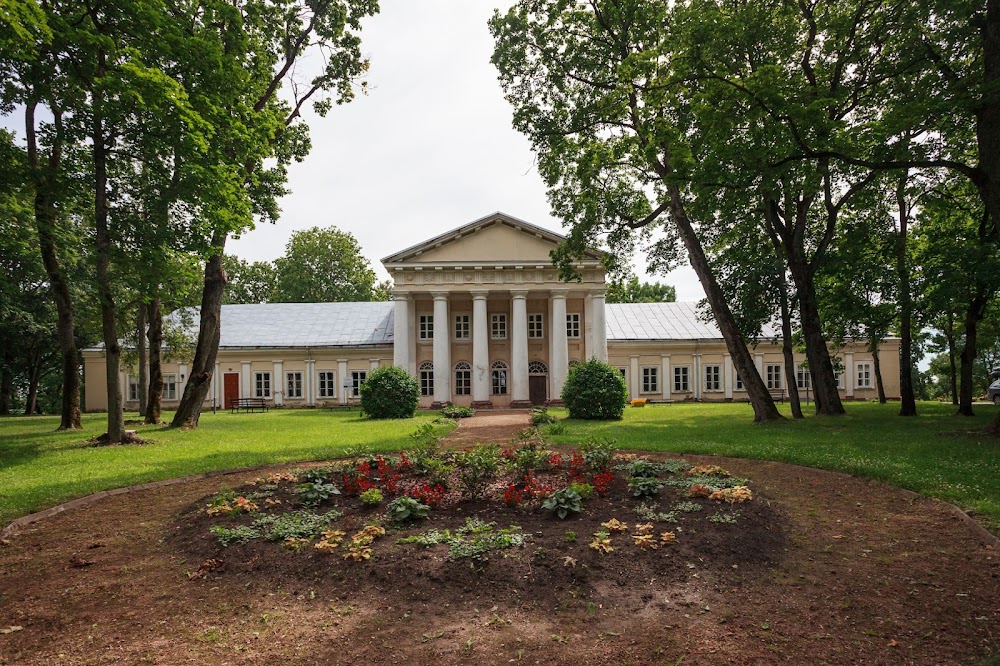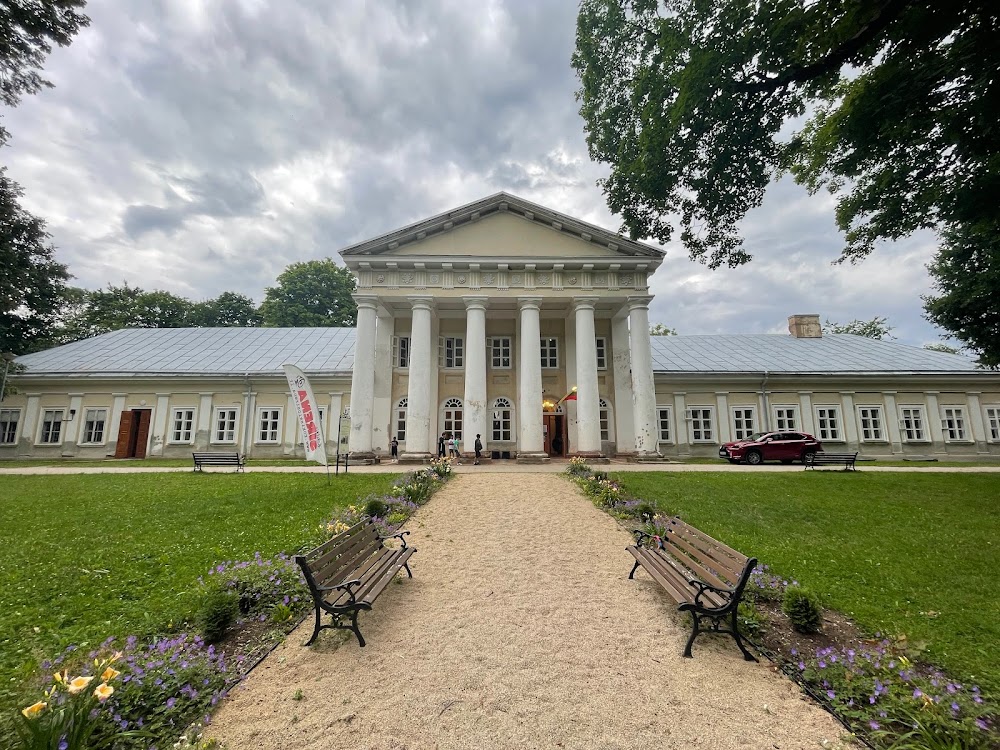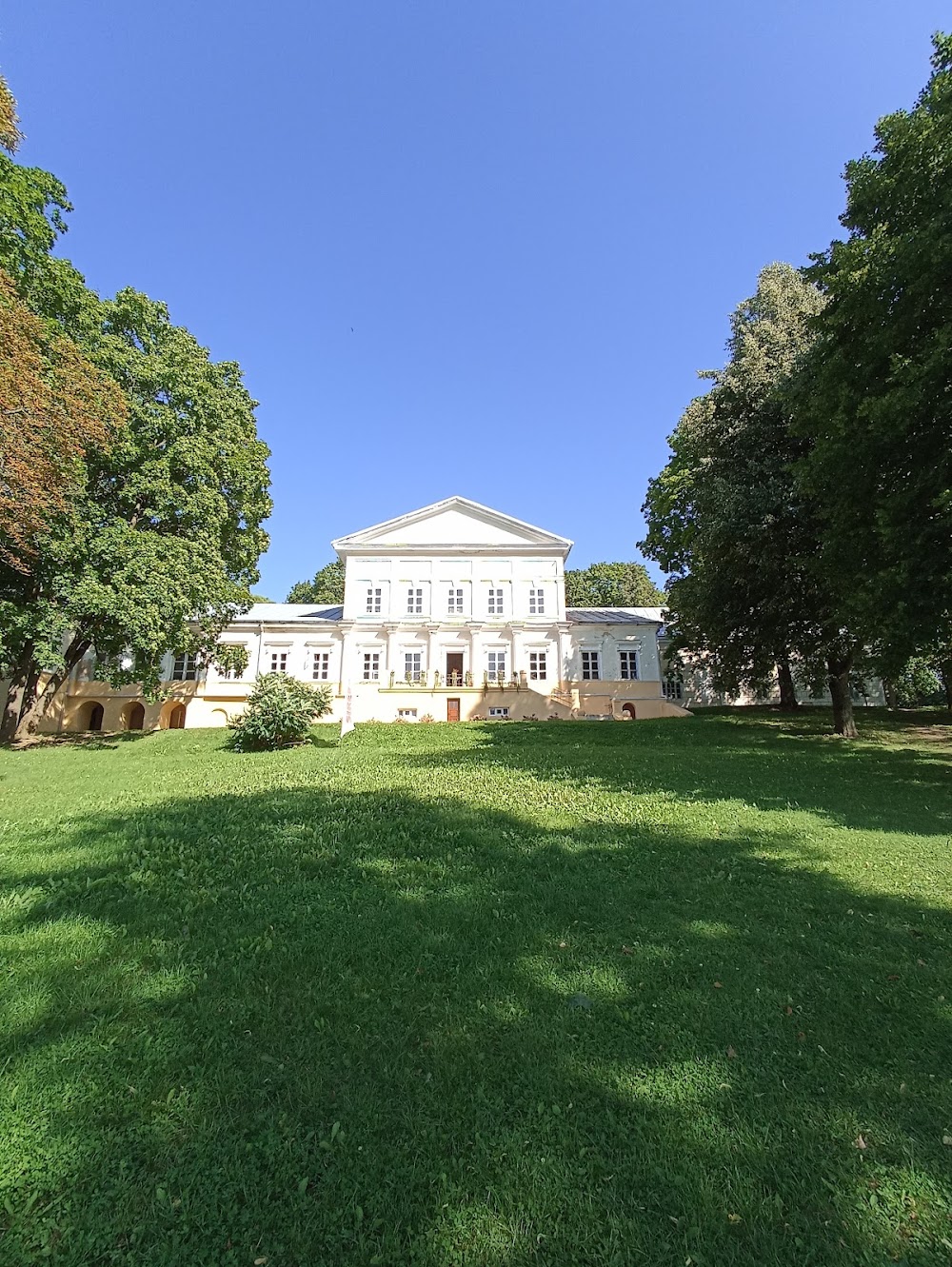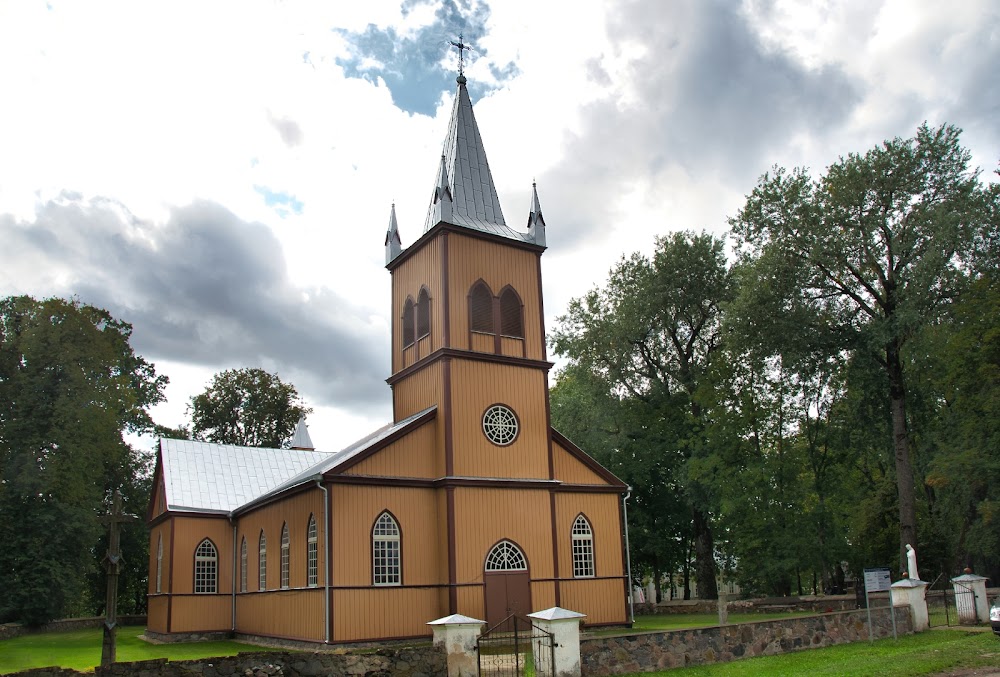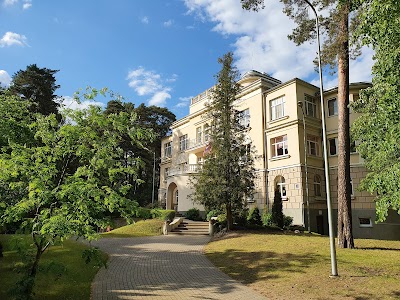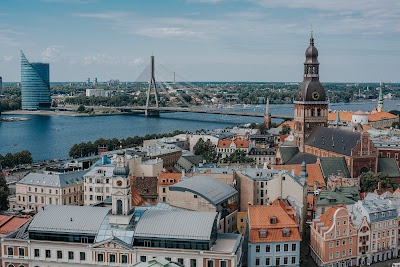Sala Manor (Salas muiža)
Overview
Introduction to Sala Manor
Nestled in the picturesque Sala Municipality of Latvia, Sala Manor (Salų dvaro rūmai) is a stunning historic estate that embodies the opulence and architectural brilliance of its time. This remarkable manor serves as a testament to the grandeur of 18th-century nobility and is a must-visit for anyone interested in Latvia's cultural heritage.
Historical Origins
The origins of Sala Manor trace back to the 1700s when it was commissioned by a wealthy noble family. Designed to reflect the social status and cultural richness of its inhabitants, the construction was a labor of love by local artisans and craftsmen, who meticulously worked on every intricate detail. The manor was built using high-quality bricks and local limestone, with its detailed woodwork and expansive gardens distinguishing it from other estates of the era.
Architectural Marvel
Sala Manor is an exquisite blend of Baroque and Classicism, showcasing ornate facades and harmonious symmetry. Large windows were thoughtfully incorporated into the design to flood the interior with natural light, enhancing the beauty of grand chandeliers and ornate mirrors. Inside, the manor features lavish ballrooms, a grand staircase, and numerous salons that have hosted countless esteemed guests over the decades. The walls are adorned with golden moldings and intricate frescoes, making it a true palace of its time.
The Magnificent Gardens
The gardens of Sala Manor are equally breathtaking, designed in the French style to feature manicured lawns, ornate fountains, and a vibrant array of flora that blooms in a riot of colors throughout the seasons. Meandering pathways wind through meticulously crafted hedgerows, leading to serene ponds and elegant statues. These gardens served not only as a visual retreat but also as a delightful space for leisurely walks and outdoor gatherings for the family and their guests.
Cultural Hub of the 19th Century
Throughout its storied history, Sala Manor changed hands several times, with each new owner leaving their mark on this cultural treasure. By the 19th century, the manor had transformed into a hub for cultural and intellectual gatherings, frequently hosting musicians, writers, and artists who significantly contributed to Latvian heritage.
Challenges and Restoration
The 20th century brought its share of challenges to Sala Manor, particularly with the impact of the World Wars, which led to periods of neglect. However, the resilience of this beautiful estate shone through, as dedicated local historians and preservationists began restoration efforts in the latter half of the century. Their hard work aimed to revive the manor to its former glory, ensuring that its historic details were meticulously preserved.
Modern-Day Cultural Center
Today, Sala Manor stands not just as a relic of the past but as a vibrant part of Latvia's cultural landscape. It serves as a museum and cultural center, offering visitors an insightful glimpse into the grandeur of 18th and 19th-century Latvian nobility. Exhibits within the manor feature artifacts, furniture, and art pieces that narrate the story of its illustrious history, making it an engaging experience for all.
Conclusion
The restoration efforts have ensured that Sala Manor's interior grandeur is once again on display, with ballrooms and salons shining in their former splendor. The gardens have also been revitalized to reflect their historic beauty, making Sala Manor a captivating destination for history enthusiasts, tourists, and locals alike. Its journey from a noble residence to a cultural heritage site is a story of perseverance, beauty, and historical significance, enchanting and educating visitors while keeping the legacy of its rich past alive for generations to come.


